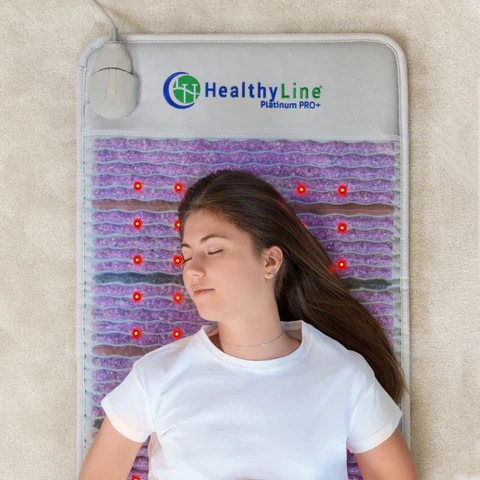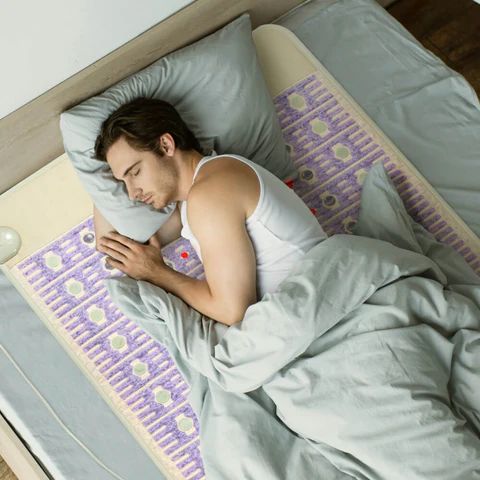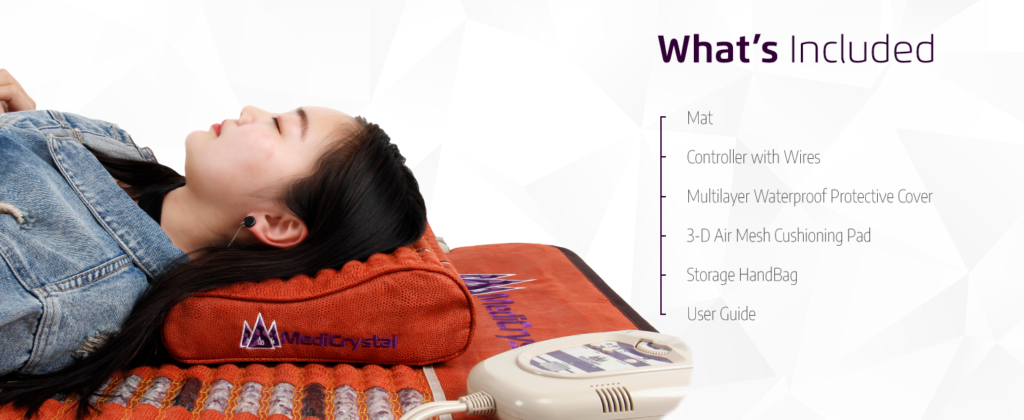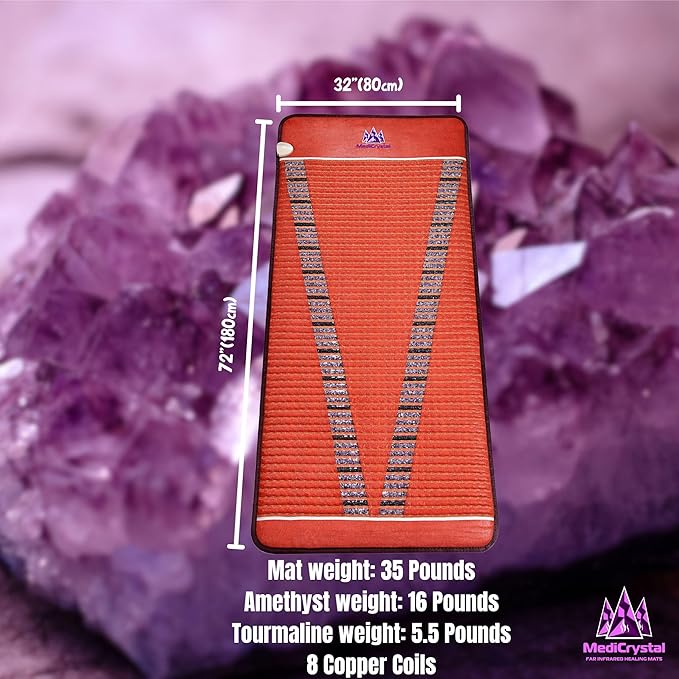If you’ve been exploring ways to manage depression, you might have stumbled across the term PEMF therapy. It stands for Pulsed Electromagnetic Field therapy, and it’s gaining attention as an innovative and non-invasive method to support mental health. In this guide, you’ll learn how PEMF therapy works, why it’s being used for depression, and what products you can try—many of which are highly rated and easily available on Amazon.
Understanding PEMF Therapy
PEMF therapy uses low-frequency electromagnetic fields to stimulate and influence your body’s natural electrical activity. The idea is simple yet profound: your body relies on electrical signals for cellular communication, and PEMF devices help optimize this process. By targeting cells, PEMF therapy aims to improve cellular function, reduce inflammation, and enhance the body’s ability to heal itself.
When it comes to mental health, particularly depression, PEMF therapy focuses on rebalancing brain activity. Your brain operates on electrical impulses, and certain patterns of these signals are associated with mood regulation. Depression can disrupt these patterns, but PEMF therapy might help restore them, leading to improved mood, better sleep, and reduced anxiety.
Why Consider PEMF Therapy for Depression?
Depression is a complex condition, often involving both psychological and physical factors. Traditional treatments such as medication and therapy work for many, but not everyone experiences relief. PEMF therapy provides an alternative or complementary approach that could be right for you if:
- You want a drug-free option: PEMF therapy doesn’t rely on medication, making it an appealing choice if you’re concerned about side effects.
- You’re looking for a complementary treatment: You can use PEMF therapy alongside medication and therapy for potentially enhanced results.
- You’re open to non-invasive solutions: Unlike deep brain stimulation or other invasive methods, PEMF therapy is non-invasive and painless.
How PEMF Therapy Works for Depression
PEMF therapy devices emit electromagnetic pulses that penetrate deep into your brain tissues. These pulses stimulate neurons and help regulate abnormal electrical activity that could contribute to depression. Here’s how it can help:
- Improves Brain Activity: By promoting healthier neural communication, PEMF therapy may help balance the brain’s electrical patterns.
- Enhances Neuroplasticity: PEMF therapy could stimulate neuroplasticity, or the brain’s ability to reorganize and form new neural connections.
- Boosts Serotonin and Dopamine: These “feel-good” neurotransmitters are often lower in people with depression. PEMF therapy may help increase their production.
- Supports Better Sleep: Depression often disrupts sleep, but PEMF therapy can improve sleep quality, which is crucial for mental health.
Key Benefits of PEMF Therapy
If you’re considering this approach, you’ll be pleased to know that PEMF therapy offers numerous benefits:
- Drug-Free Relief: Many people prefer avoiding medications due to potential side effects or dependency issues.
- Convenience: Home PEMF devices make it possible for you to receive treatment whenever it’s most convenient.
- Customizable Treatments: You can adjust frequency, intensity, and duration to suit your specific needs.
Choosing a PEMF Device for Depression
Ready to try PEMF therapy? You’ll find a range of devices on the market, from handheld units to full-body mats. When selecting a device, consider factors like frequency range, ease of use, and affordability. Here are some highly rated options you can find on Amazon:
1. OmniPEMF NeoRhythm Headband
The OmniPEMF NeoRhythm headband is specifically designed to target mental health issues like stress, anxiety, and depression. Its sleek, wearable design makes it easy to use during your daily routine. With pre-set programs for relaxation, improved focus, and sleep, this headband offers versatility for anyone struggling with mental health.
- Key Features:
- Wearable and portable
- Pre-set programs for mood and mental clarity
- Easy-to-use app for customization
2. HealthyLine PEMF Infrared Taj-Mat
The HealthyLine PEMF Infrared Mat Taj combines PEMF therapy with infrared heat, negative ions, and natural gemstones for a comprehensive wellness experience. While it’s not specifically designed for depression, users report significant improvements in mood, energy, and overall relaxation.


- Key Features:
- Full-body mat design
- Combines PEMF with heat therapy
- Adjustable intensity and frequency settings
- Multiple Taj-Mat Models to Choose From
3. Sota Magnetic Pulser MP6
If you’re looking for a compact and affordable option, the Sota Magnetic Pulser MP6 is a popular choice. It’s known for its targeted approach, allowing you to focus on specific areas of the body, including the head. This device emits low-frequency magnetic pulses that can help support brain activity and mood.
- Key Features:
- Compact and portable
- Easy to use for targeted applications
- Affordable compared to larger mats
4. MediCrystal PEMF Mat


Another full-body option, the MediCrystal PEMF mat, combines PEMF therapy with amethyst crystals and infrared heat. It’s perfect if you want a relaxing and therapeutic experience that addresses more than just mental health.
- Key Features:
- Premium amethyst crystal surface
- Combines PEMF with heat therapy
- Highly rated for comfort and effectiveness
What to Expect During PEMF Therapy
When using a PEMF device, you’ll typically follow a treatment protocol that involves daily or weekly sessions. You might start with shorter sessions (around 10–20 minutes) at a lower intensity and gradually increase both as your body adjusts.
During your session, you might feel a slight pulsing sensation or warmth, but it’s generally comfortable and non-invasive. Many people report feeling relaxed afterward, while others may notice improvements in mood and energy over time.
Tips for Using PEMF Therapy Effectively
To get the most out of PEMF therapy, keep these tips in mind:
- Stay Consistent: Regular use is key to experiencing benefits. Try setting aside time daily or several times a week.
- Combine with Other Treatments: PEMF works well alongside therapy, exercise, and a healthy diet. It’s part of a holistic approach to mental health.
- Track Your Progress: Keep a journal to monitor changes in your mood, energy, and sleep patterns. This helps you understand how the therapy is working for you.
- Experiment with Settings: Many devices let you adjust frequency and intensity. Experiment to find the settings that work best for your needs.
Safety and Precautions
PEMF therapy is generally considered safe, but there are some precautions to consider:
- Consult Your Doctor: If you have a pacemaker, epilepsy, or are pregnant, consult your doctor before using PEMF therapy.
- Start Slowly: Some people may feel tired or lightheaded after initial sessions. Start with lower intensities and shorter durations.
- Use High-Quality Devices: Choose devices with good reviews and certifications to ensure safety and effectiveness.
The Future of PEMF Therapy for Depression
PEMF therapy represents a cutting-edge approach to mental health care, offering hope to those who haven’t found relief with traditional methods. As research continues, more advanced and accessible devices are likely to emerge, making it an even more attractive option for managing depression.
If you’re ready to explore PEMF therapy, consider starting with one of the recommended products. With consistent use, you might discover a new sense of balance, relaxation, and happiness that you tho





